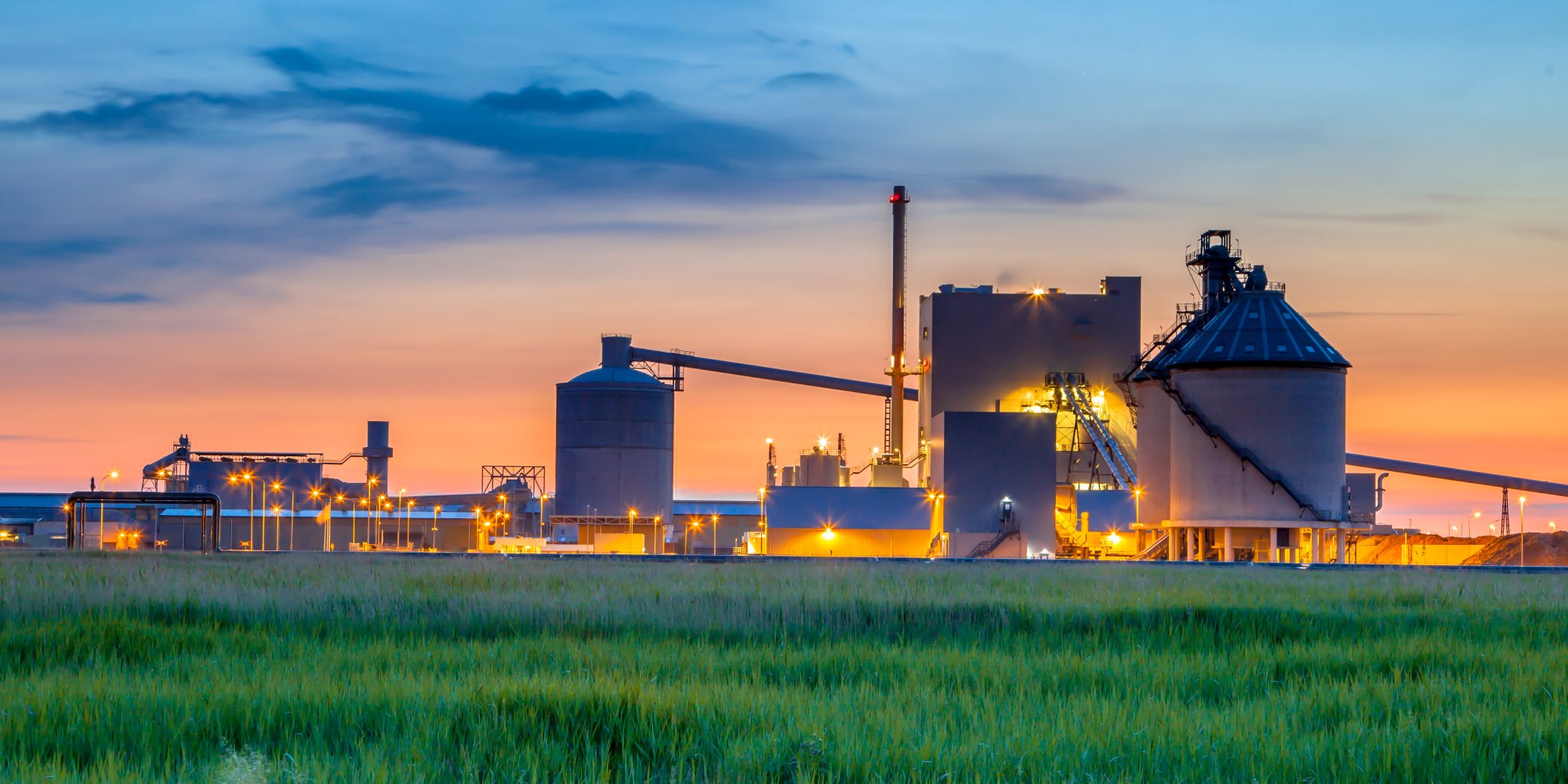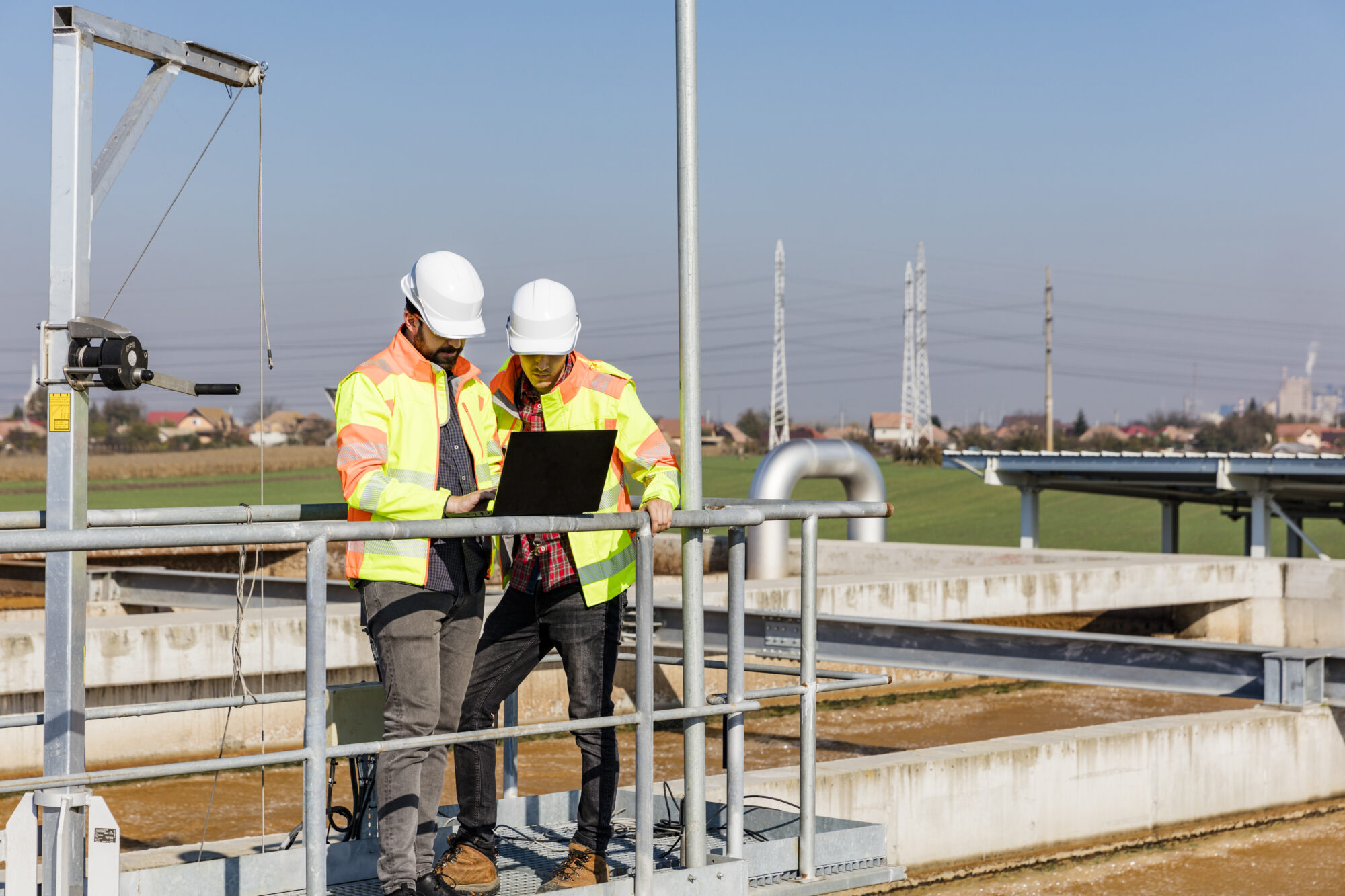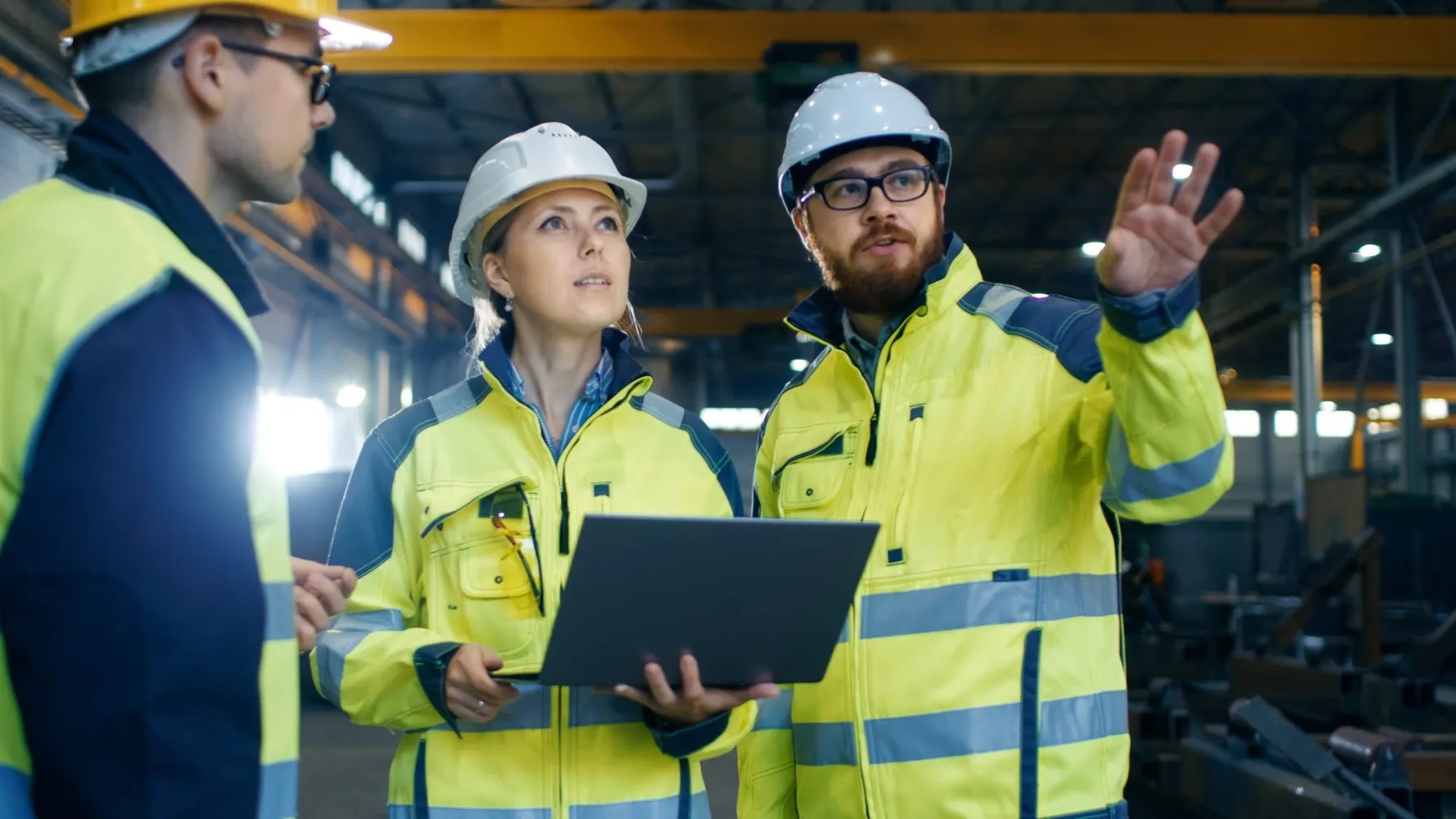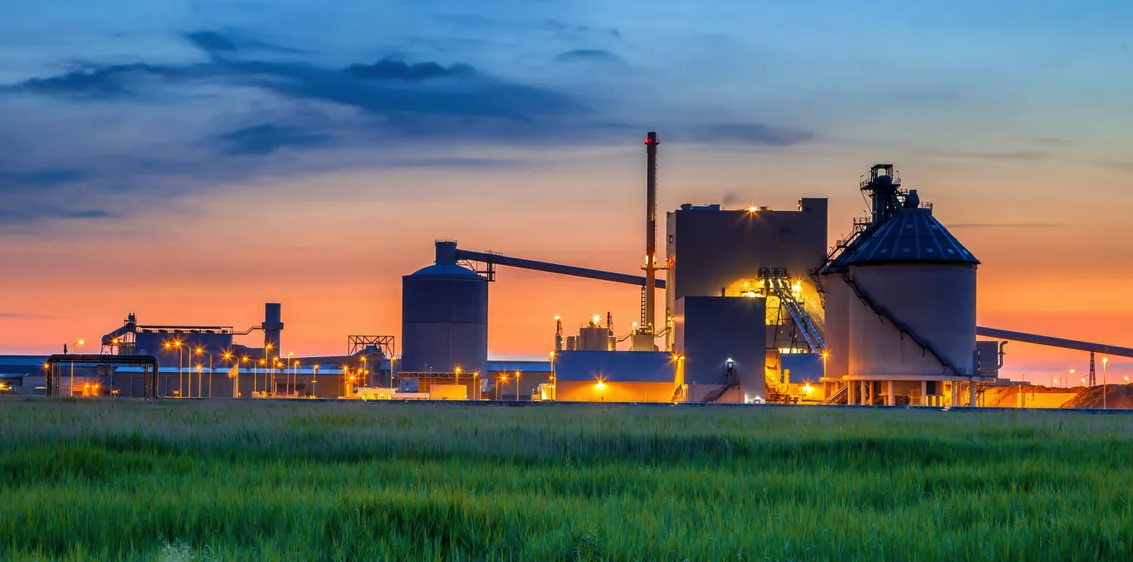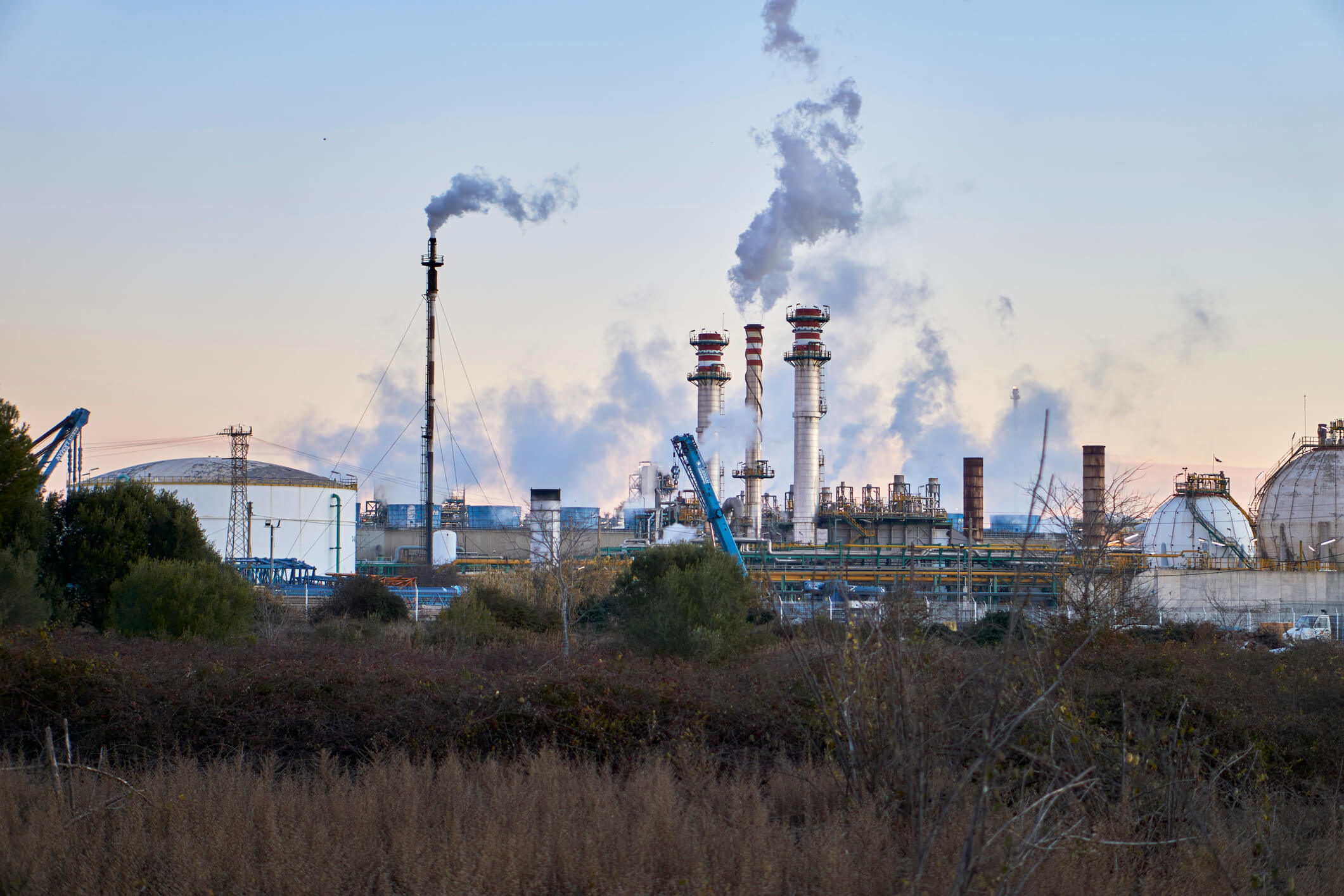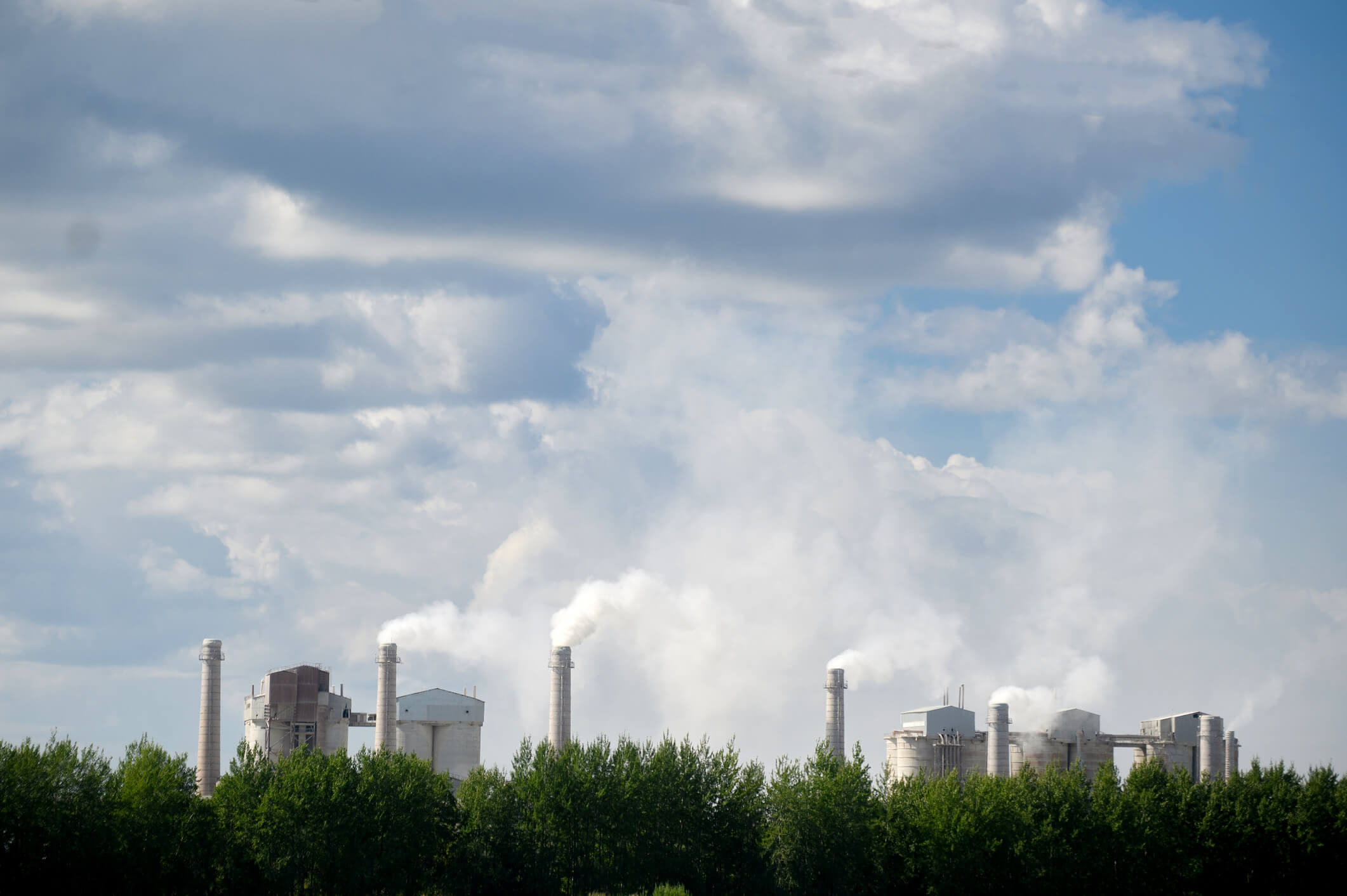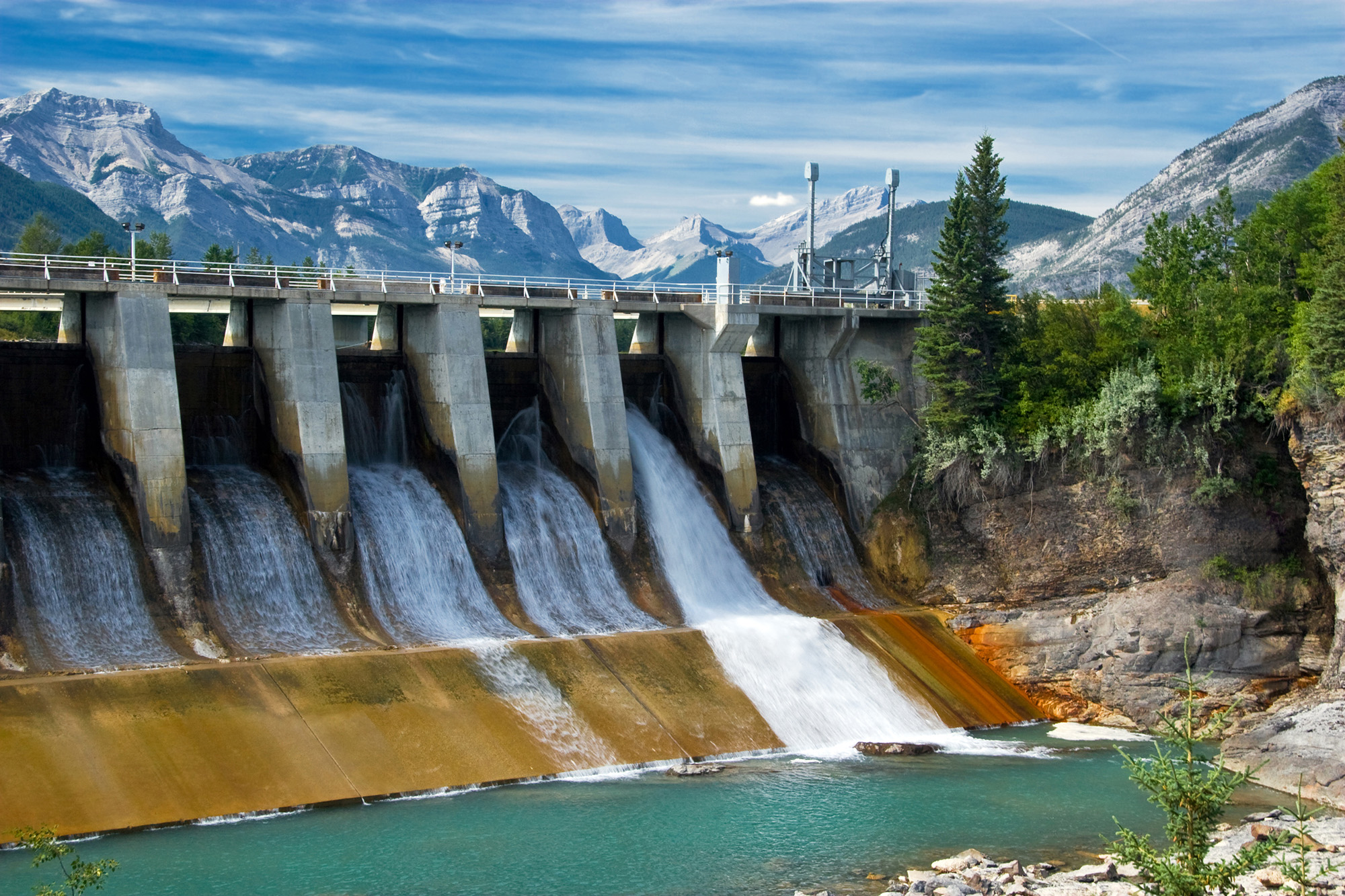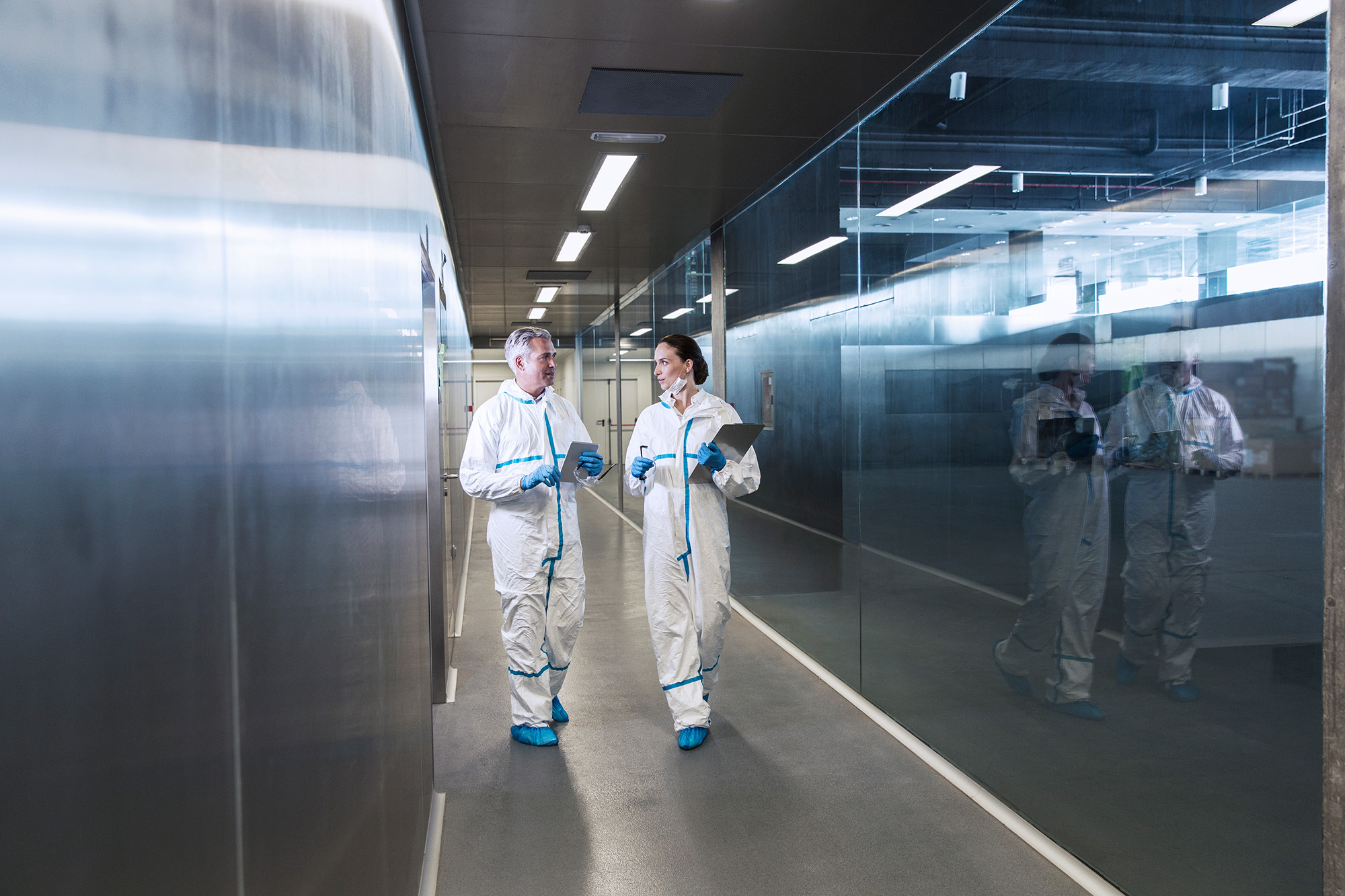Environmental due diligence for property transactions is an incredibly dynamic business process. Though the environmental consultant, buyer, seller and respective legal counsel all have the same overall goal, they may have vastly different motivations and interests. In instances where site-specific data—which is the preferred resource for risk assessment—is not available and completion of a Phase II Environmental Site Assessment (Phase II ESA) is not feasible due to time constraints or access restrictions, consultants are asked to make educated guesses about the environmental risks and associated costs.
When there is a potential vapor intrusion (VI) risk at a subject property and data gaps cannot be filled through a Phase II ESA, there are two options:
- Make conservative upper-bound assumptions for the variables influencing vapor migration to estimate the maximum potential problem (e.g., worst case scenario)
- Make less conservative (average) assumptions, which estimate the more likely problem
Though using conservative upper-bound and average VI modeling inputs can establish a risk/cost range, it will not tell the transaction stakeholders which end of the range applies to the subject property.
So how to do you most accurately assess the actual conditions at the subject property when you cannot collect site-specific data? How do you fill VI data gaps through a desktop study when the transaction cannot accommodate wait times for open public records requests (e.g., Freedom of Information Act)? This blog explores ways to fill various VI data gaps using information quickly accessible through free online resources or by using other available site-specific plans.
Related Services
Contaminant Properties, Concentration and Gradients
The contaminants present (or potentially present) at the subject property, as well as their concentrations, will dictate the VI risk for nearby buildings. Contaminants of low volatility or those subject to aerobic degradation pose a lower risk to indoor air, as their vapors are less likely to migrate far from the source. Similarly, contaminants that do not have inhalation toxicity values are not considered sufficiently toxic to pose a VI concern.
Right-to-know filings available online from regulatory agencies can help establish the contaminants that may be present at and near the subject property. Environmental reports submitted for sites in the area provide even more detailed information about potential contaminants present and are accessible from online document libraries curated by regulatory agencies.
Understanding potential sources, and knowing the source concentrations and gradients, will provide clues as to the overall extent of the source, which dictates the extent of the elevated risk to indoor air. Vertical concentration gradients may also demonstrate that conditions that preclude an elevated VI risk are present (e.g., presence of a clean lens of shallow groundwater between the building and the subsurface contamination), as well as whether conditions are suitable for aerobic biodegradation.

Subsurface Permeability
The potential for sub-slab vapors to migrate into indoor air is closely related to the soil type and permeability of the underlying soil/bedrock—most important of which is the soil layer just beneath the building. Environmental or geotechnical reports for nearby sites that were submitted to local government agencies and posted online for public review, as well as geologic/hydrogeologic maps published by state and federal agencies (e.g., United States Geological Survey [USGS]) can provide useful permeability data.
If that information is not available, environmental regulatory agencies that promulgate VI cleanup standards or investigation screening levels use assumed values for geologic/hydrogeologic conditions based on typical conditions within the jurisdiction or use conservative “worst-case” values when establishing the standards (e.g., sand is most conservative with respect to vapor migration). A review of the basis and background documents posted on these agencies’ websites can yield information about permeability assumptions used to calculate the numeric values of the standards or screening levels. This can provide insight into the potential permeability in the area or the applicability of default standards or screening levels to the subject property.
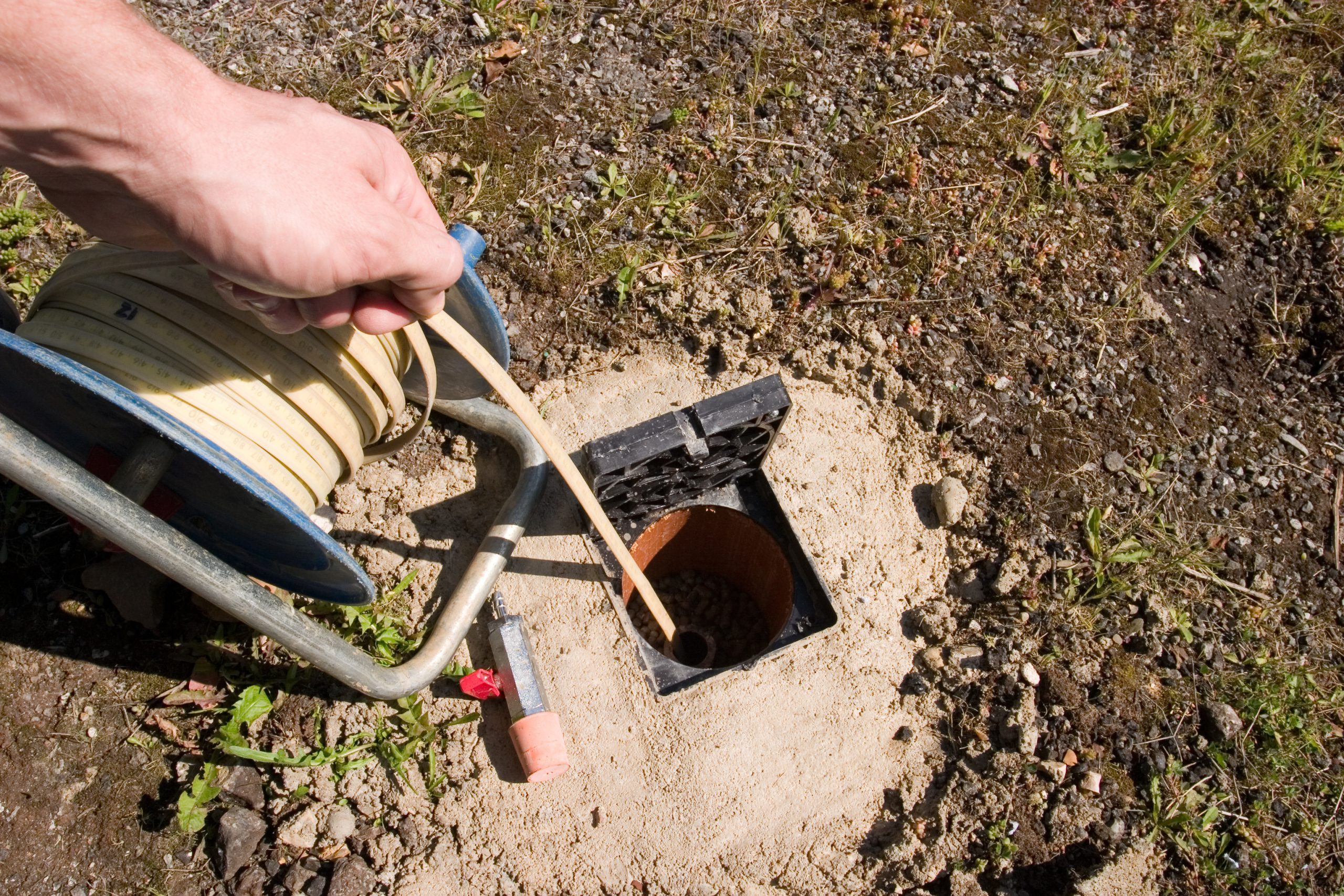
Groundwater Depth
The distance between a VI source (e.g., a dissolved volatile organic compounds [VOCs] groundwater plume) and the overlying building(s) can affect the ability of sub-slab contaminants to migrate into indoor air. Some contaminants (e.g., petroleum-related VOCs) show a propensity to naturally attenuate in the unsaturated soil zone. As such, depth to groundwater can be an important indicator to rule out the risk to the overlying buildings. Environmental or geotechnical reports submitted for zoning or construction approval for nearby sites, as well as geologic/hydrogeologic maps published by state and federal agencies (e.g., USGS) may provide this regional data. If those types of reports are not available, local agencies’ regulatory basis and background documents may also contain information about groundwater depth assumptions used to calculate the numeric values of the standards or screening levels.
Attenuation Factor
In some situations, site-specific VI studies from nearby sites may be available, especially in cases where the subject property was part of a larger development with neighboring properties built contemporaneously and with similar construction. These reports, which are increasingly available from many regulatory agencies via online libraries, can contain firm data for vapor migration potential given the actual underground conditions at and near the subject property. Data from radon studies completed for the subject property may also provide attenuation factors from sub-slab soil gas to indoor air in the on-site buildings.
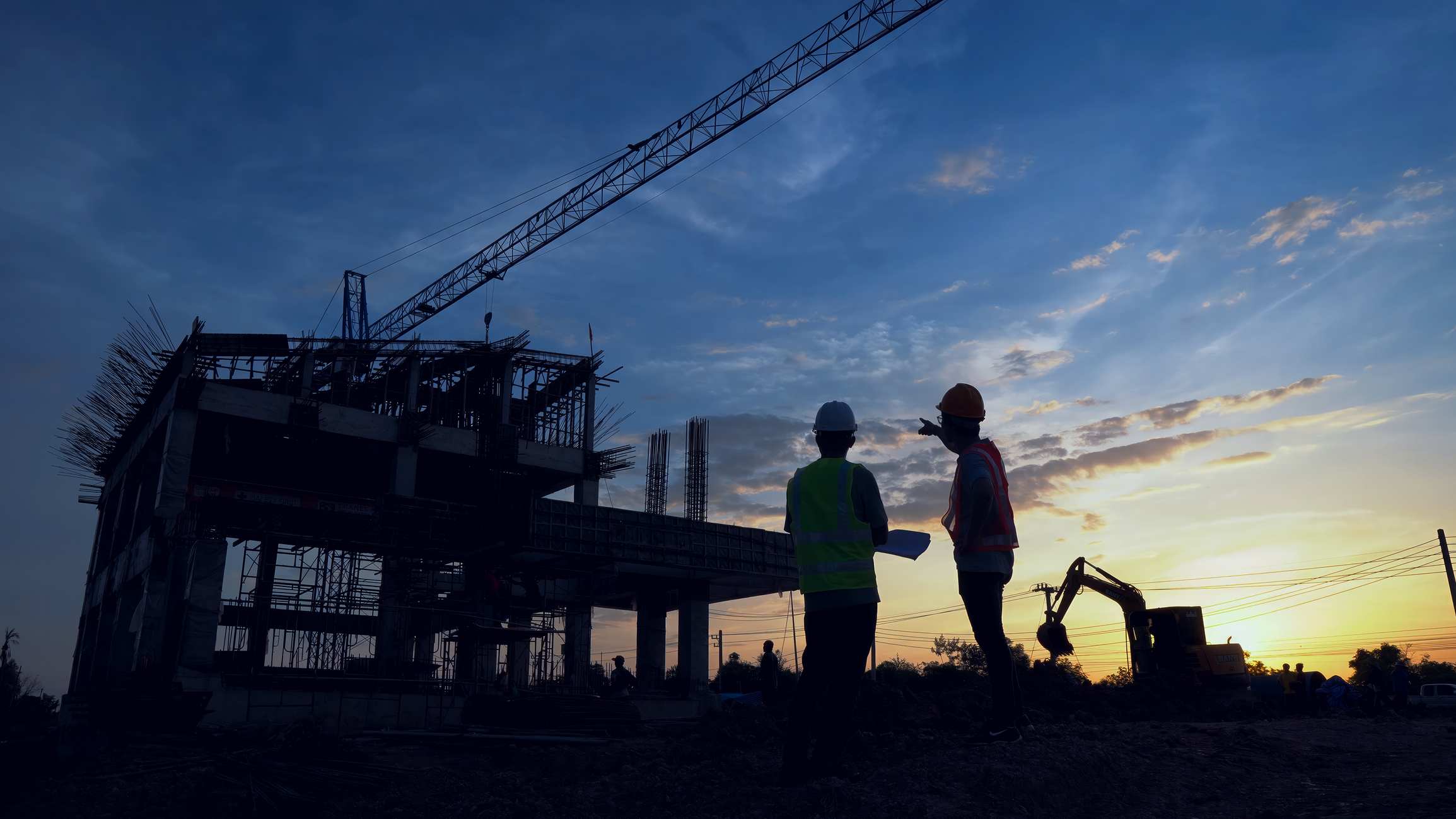

Building Construction, Use, and Exposure Duration
Buildings form the primary engineering control to prevent vapor migration from the subsurface into indoor air; therefore, building construction and condition are important factors when assessing VI risk. The thickness and condition of the floor slab, the presence of porous sub-slab layers, and even usage factors, such as occupancy and the heating, ventilation and air conditioning (HVAC) operation can all dictate how much of the sub-slab contamination is able to migrate into the occupied spaces and what the resultant human exposure could be. Regulatory basis and background documents can be used as reference points for standard assumptions regarding floor thickness, air exchange rate and building size, and assumed exposure scenarios (e.g., residential vs. non-residential). This information can be compared to subject property building construction or use plans.
For example, over-pressurization of the building interior via HVAC system can cause reverse pressure gradients, which will prevent the flow of contaminant vapors into the building. Conversely, a newer building may be more prone to settling, which can cause separation of floor slab seams and lead to increased contaminant migration into the building over time. Building engineering plans and proposed changes in usage will provide information necessary to allow the transaction stakeholders to assess VI risk.
Preferential Pathways
Construction of subsurface structures, such as sumps, French drains, elevator shafts, utility corridors or penetrations, or fracture zones within bedrock geologic units, may serve as preferential VI pathways. The higher relative permeability of the preferential pathway can channel vapor migration along specific pathways, creating anisotropic migration patterns. Understanding preferential vapor migration pathways can identify potential VI risks to buildings far away from a contaminant source. Construction plans for roadways and developed properties may be posted online by local governments and contain information on proposed or built utility corridors. Geologic maps of bedrock type and surfaces published by State and Federal governments can help determine if the subject property and associated building(s) are subject to preferential vapor migration through bedrock fractures.
Solving the Puzzle
While theoretical information can never measure up to site-specific analytical data collected from a subject property, it can bridge the gap between uncertainty and an informed estimate. An informed estimate in turn allows the buyer/seller to make their own educated business decisions. The end result is a technically sound solution from which both the buyer and the seller walk away satisfied in both the deal and the guidance provided by their environmental consultant. TRC has the VI, transaction advisory, and due diligence knowledge and experience to the provide the sound guidance and advice needed during the transaction process. Whether you need VI experts or just have some preliminary questions, TRC professionals are always ready to assist.
Gain
Peace-of-Mind
Partner With TRC’s Tested Practitioners













